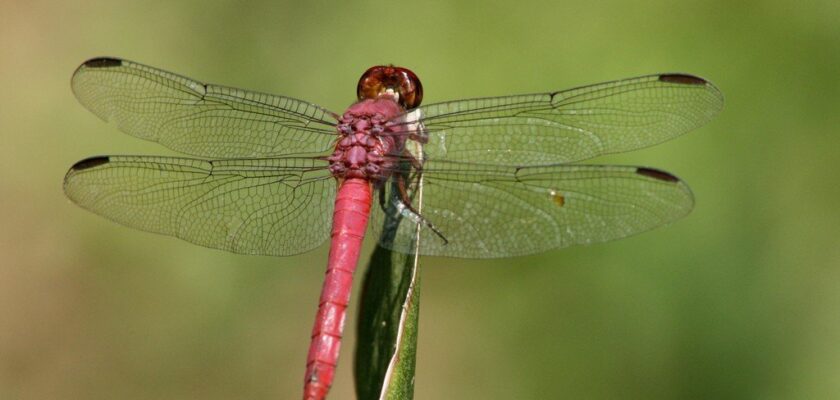Rio de Janeiro Botanical Garden (Jardim Botânico)
The Botanical Garden of Rio de Janeiro is a picturesque park and one of the decorations of the Brazilian city. The green area of 140 hectares presents rich collections of flora of Brazil and other countries of the world. More than 6000 species of tropical and subtropical plants are cultivated here. It is noteworthy that only 40% of the garden is cultivated, while the rest of the area consists of natural Atlantic forest. Since 1992, the natural attraction of Rio de Janeiro has received the status of a UNESCO Biosphere Reserve.
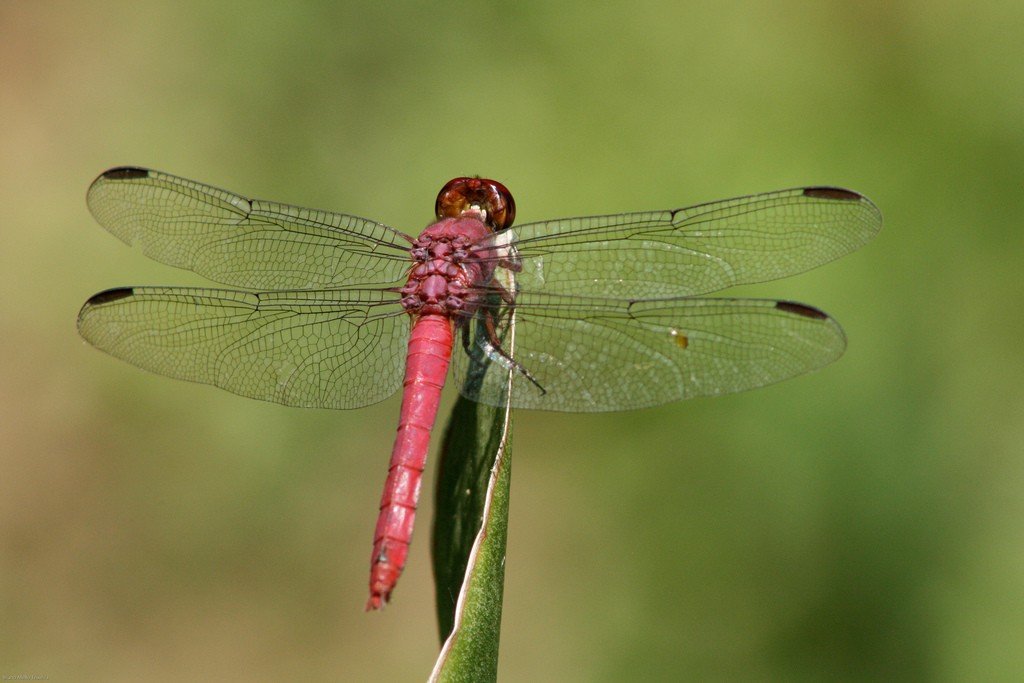
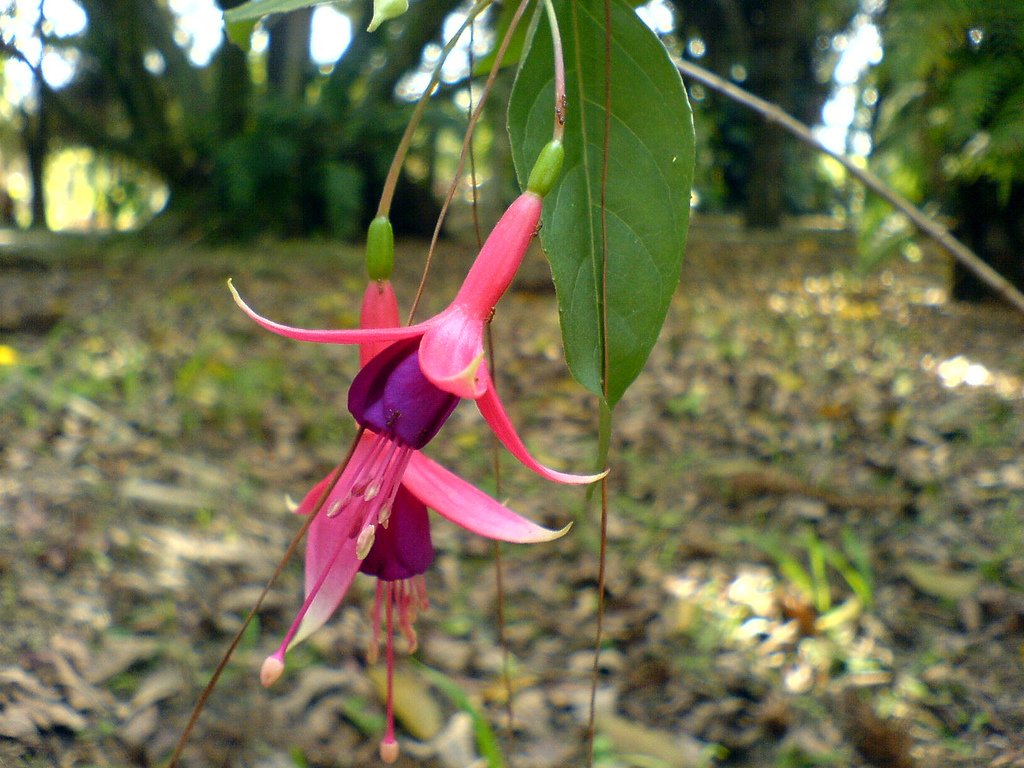
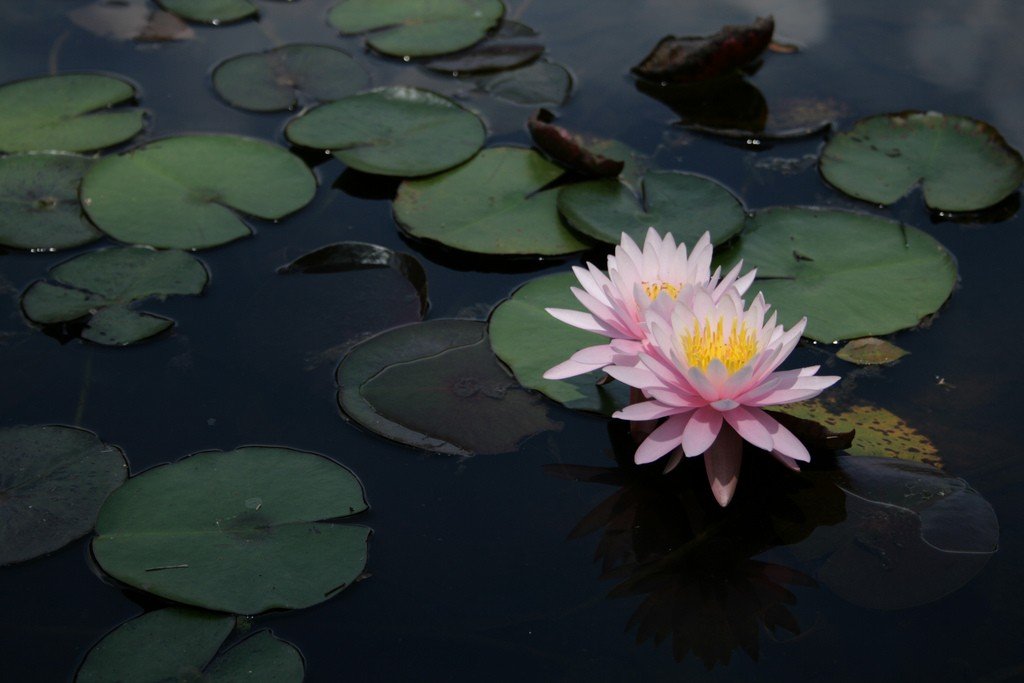
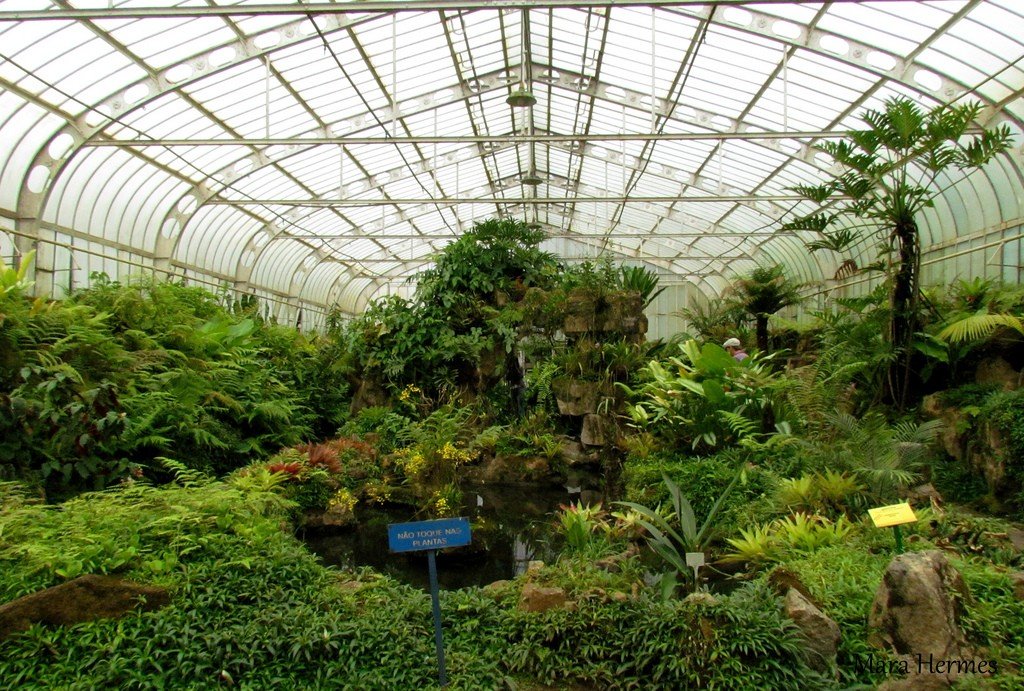
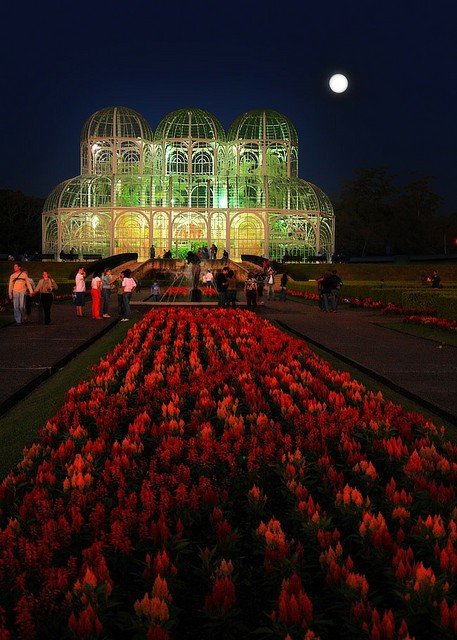
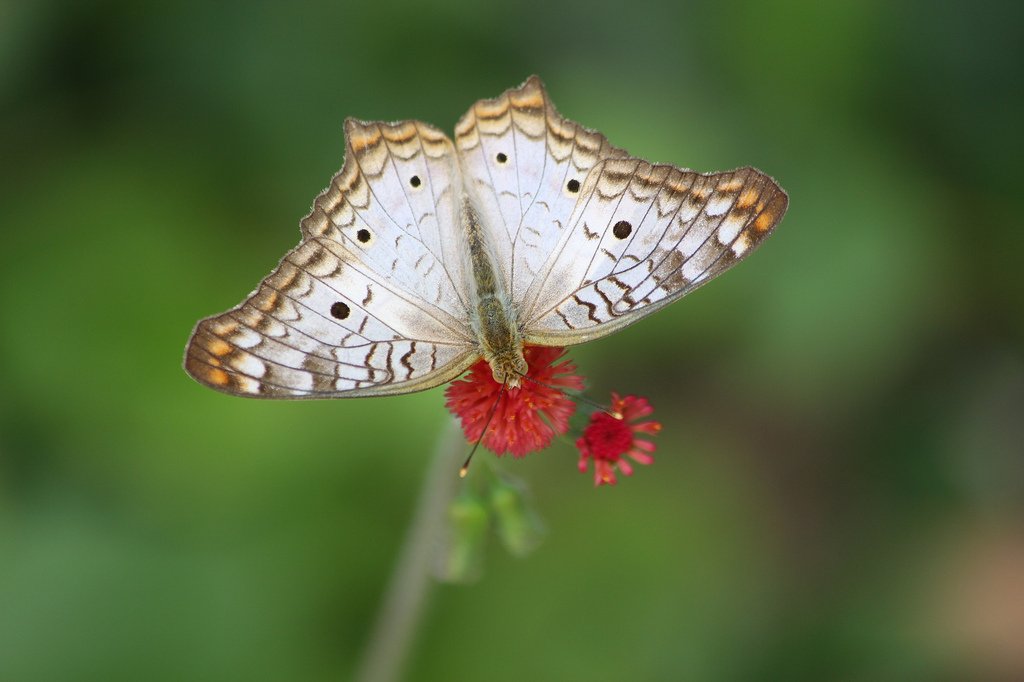
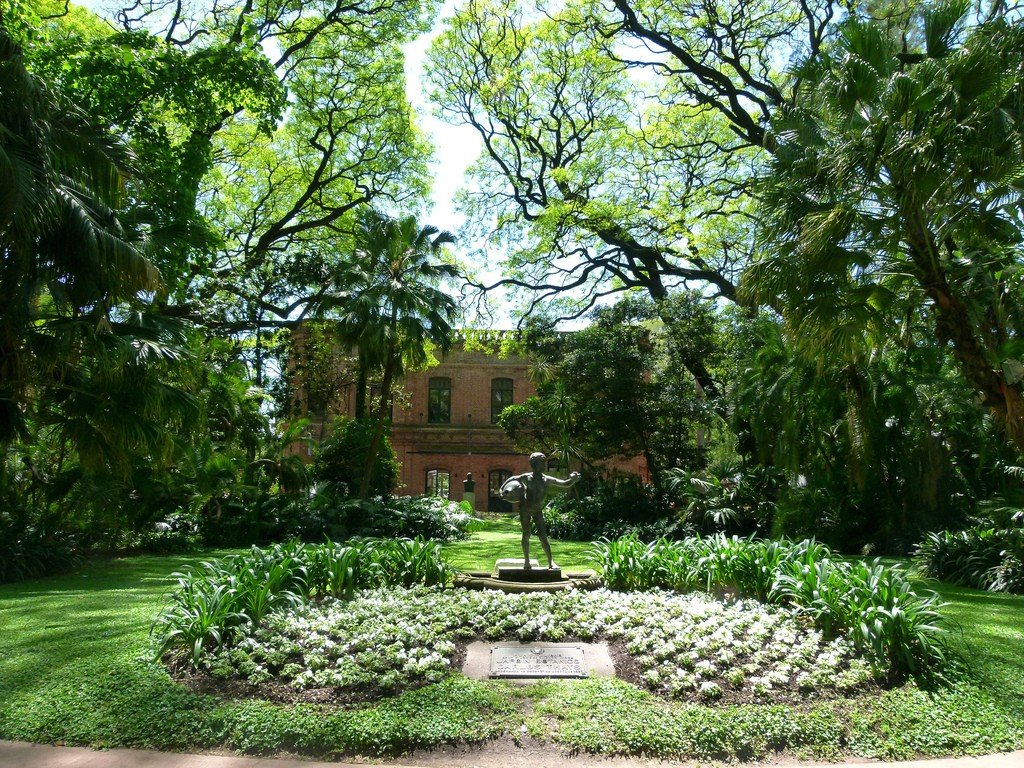
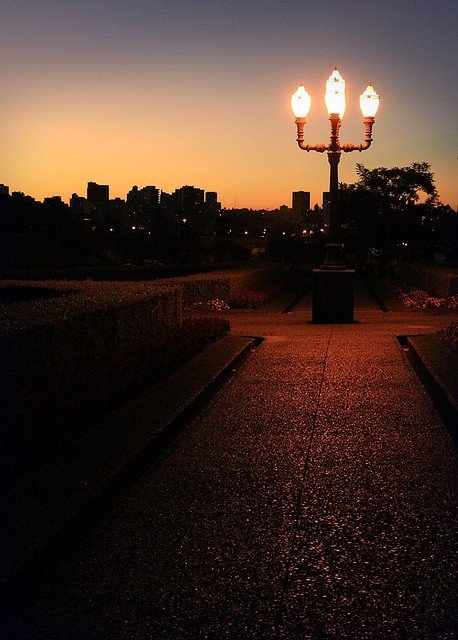
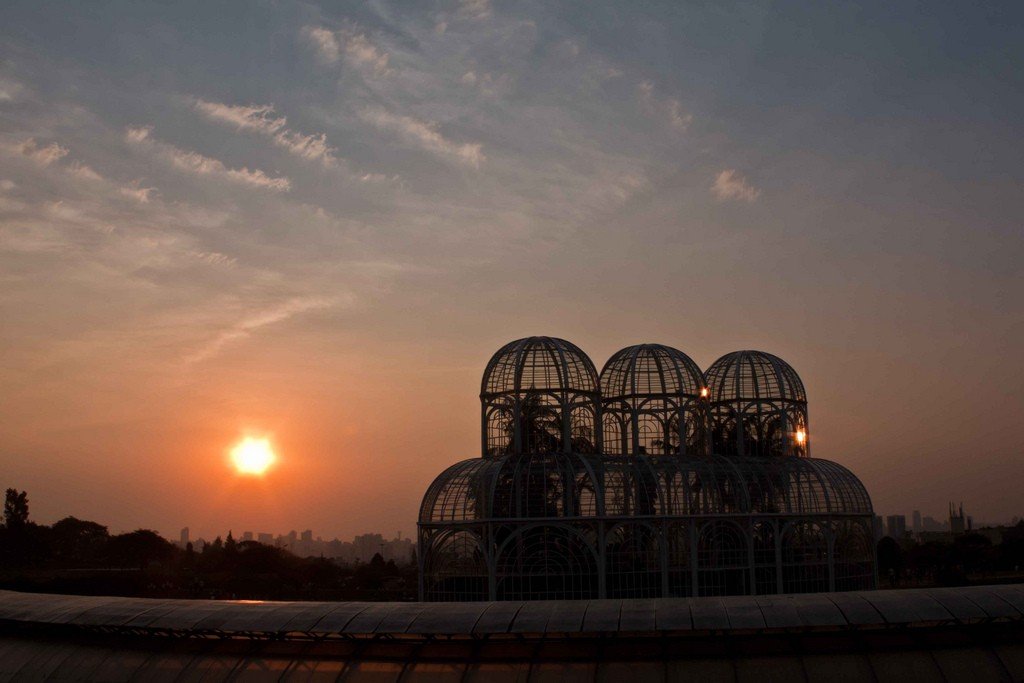
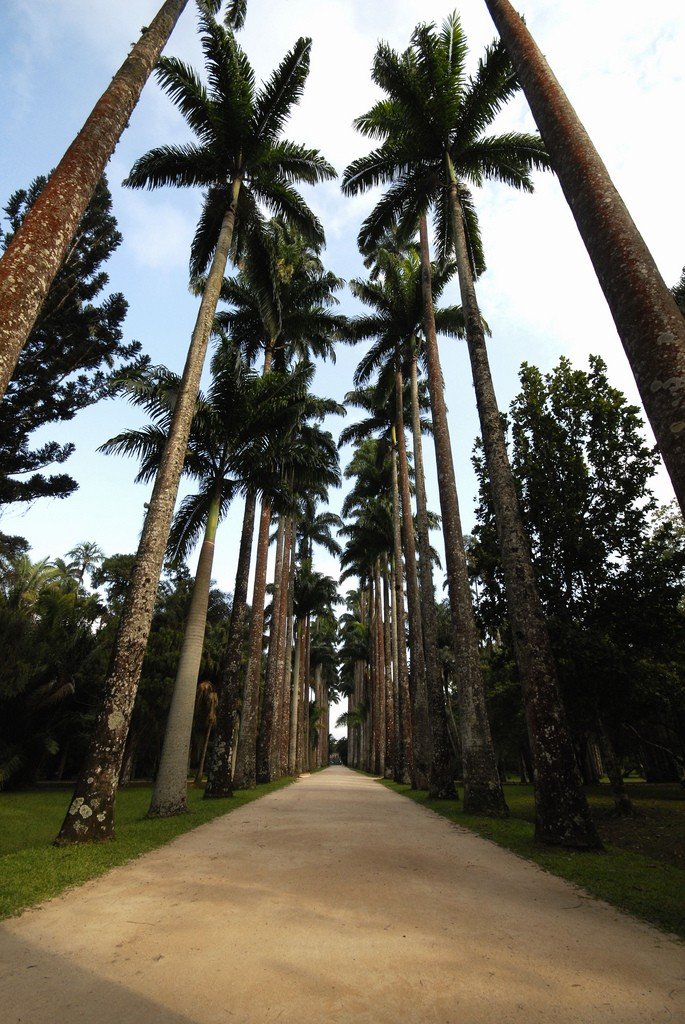
Video: Rio de Janeiro Botanical Garden
General Information
Walking along the alleys and paths of the Botanical Garden is very popular with Rio residents and tourists. In addition to exotic plants and flowerbeds, in the garden you can see monuments of history and archaeology. On the territory there is a large scientific center, which has the largest library of books on botany in the country – 32 thousand volumes. The Botanical Garden is home to 140 species of birds, squirrels, possums, lizards, capuchin monkeys and tiny marmosets.
.
Tourists enter the garden through several entrances. The Visitor Center and Museum is located in the south of the Rio de Janeiro Botanical Garden. Here you can rent binoculars, book a guided tour and get a map-chart of the garden, which is very convenient to navigate and find the right places. The Visitor Center welcomes visitors daily from 8.00 to 17.00. The doors of the museum are open to visitors any day except Monday, from 9.00 a.m. to 5.00 p.m.
.History of the Botanical Garden
For a long time, nutmeg, cinnamon, and black pepper were imported to South America from the West Indies and were expensive. In 1808, King João VI of the United Kingdom ordered the creation of a Botanical Garden to acclimatize the plants used to make the spices on Brazilian soil.
.Initially, only members of the royal family, their guests and courtiers had access to the garden. In 1822, by decree of Emperor Pedro I of Brazil, the Botanical Gardens of Rio de Janeiro began to be open to the public. In a few decades, the small garden at the foot of the green Corcovado Mountain grew into a spacious tropical park.Corners of the garden
At the point where the main avenues converge is the picturesque Central Fountain. It is decorated with four sculptures symbolizing art, poetry, science and music. One of the country’s symbols, the huge Pau Brasil tree, can be seen next to the fountain.
.Most visitors to the Botanical Garden of Rio de Janeiro stop by the beautiful Lake Frei Leandro, where colorful nymphaea and the world’s largest Victoria regia lilies grow. A metal statue of the goddess Thesis stands in the center of the body of water.
Of particular interest are the picturesque corners of the park – a small pond with turtles, a rich collection of cacti, a greenhouse of insectivorous plants and “Orchidarium”, which grows about 700 species of orchids.
.The “Japanese Garden” appeared here in 1935, when 35 species of plants traditional for this country were brought from Japan. “The Japanese Garden” is decorated in the tradition of bonsai art and has two small carp ponds.
.
How to get there
The Botanical Garden of Rio de Janeiro is located in the Jardin Botanico neighborhood, in the south of the city. The nearest metro station to it is Botafogo. The garden is accessible by buses Nos. 101, 105, 109, 112, 409, 410, 416, 439, 548, 581 and 583.
.